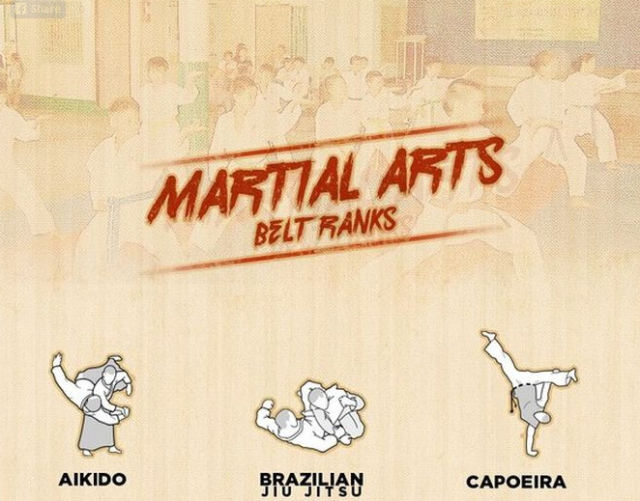Secret Differences Between Conventional Martial Arts And Modern Fight Sports: A Thorough Analysis
Secret Differences Between Conventional Martial Arts And Modern Fight Sports: A Thorough Analysis
Blog Article
Short Article Created By-Bright Finnegan
When you think about martial arts, do you lean more towards the traditional practices or the modern battle sporting activities? Each path offers distinct benefits and experiences, formed by their viewpoints and training approaches. Typical martial arts emphasize individual development and discipline, while modern-day battle sports concentrate on competitors and performance. Recognizing these differences can assist you in choosing the appropriate approach for your journey. However exactly how do these differences show up in training and approach?
The Philosophy and Background Behind Typical Martial arts
While lots of people link martial arts with physical fight, the philosophy and background behind typical martial arts run much deeper. You'll discover that these techniques highlight personal growth, self-control, and respect.
Originating from ancient methods, typical martial arts were frequently created for Self-Defense and spiritual advancement. They symbolize principles such as equilibrium, consistency, and self-control, guiding professionals past simple battling abilities.
As you train, you'll not only find out techniques but likewise acquire insights right into the culture and values that formed these arts. The routines and customs, typically given with generations, promote a sense of community and belonging.
The Competitive Nature of Modern Fight Sports
Modern fight sports have actually transformed the landscape of martial arts right into a very competitive field, where professional athletes face off in an examination of skill, strategy, and endurance.
You'll notice that competitions are frequently arranged with rigorous guidelines and policies, making certain fair game and safety and security. These events draw in large target markets, sustaining the exhilaration and strength of matchups.
Professional athletes train carefully, not just for physical expertise but also for psychological durability, recognizing that every detail counts in the ring. The adrenaline thrill throughout competitors is apparent, as boxers push their limitations to assert success.
martial arts for life and creativity included, making contemporary fight sporting activities a thrilling spectacle that remains to develop and astound fanatics around the globe.
Training Techniques and Techniques: A Relative Evaluation
The affordable ambience of modern battle sports needs ingenious training methods that differ significantly from typical martial arts.
In contemporary training, you'll concentrate on particular methods, sparring, and conditioning, often making use of drills that mimic genuine fight scenarios. You'll see an emphasis on measurable efficiency and constant competitors to examine your skills.
In contrast, traditional martial arts prioritize forms, katas, and thoughtful trainings, usually highlighting technique and regard over competition.
krav maga near me price is usually much less intense and might involve repeated method rather than real-time sparring.
While both methods build skill and fitness, modern-day combat sports supply an extra vibrant and adaptable training setting, preparing you for prompt obstacles in the ring or cage.
Pick the course that aligns with your goals and rate of interests.
Final thought
In picking between conventional martial arts and contemporary combat sporting activities, it actually boils down to what you value most. If you're looking for personal development, self-control, and a feeling of community, typical arts could be your best fit. Yet if you prosper on competitors and real-time difficulties, contemporary battle sports could be the way to go. Eventually, both paths supply one-of-a-kind advantages, so it's everything about straightening your training with your personal goals and rate of interests.
